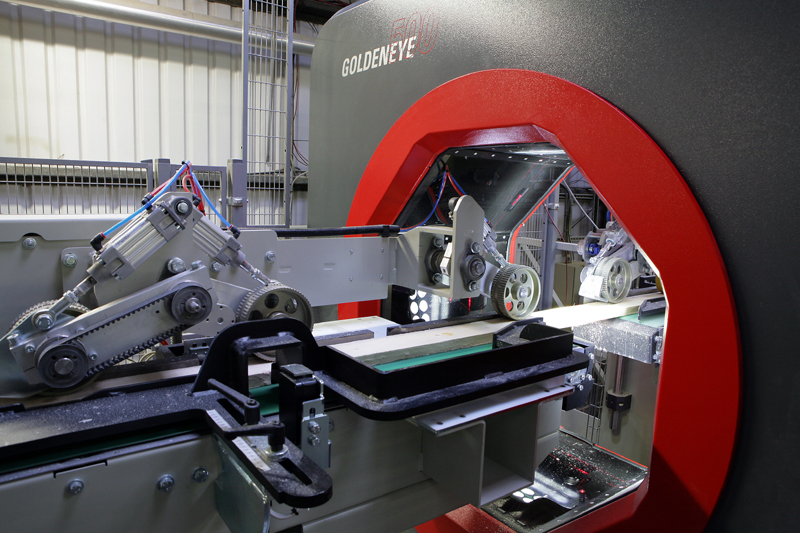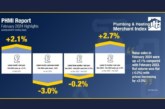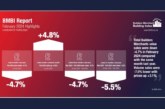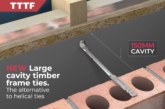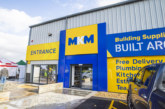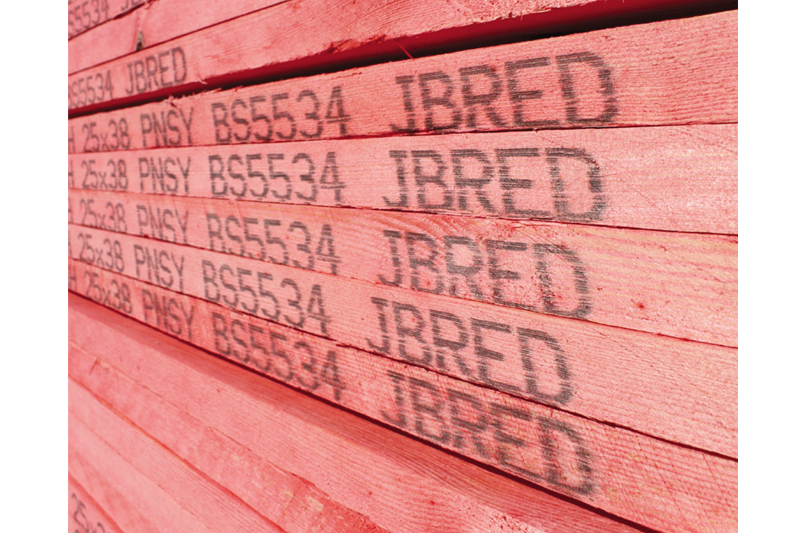
Marley reports that, worryingly, there has been a significant influx of counterfeit roofing battens entering the market recently, with the consequences of using them already being felt. Indeed, both the NFRC and Timber Development UK have issued warnings to their members to highlight this issue.
The pitched roof systems specialist says that exceptionally high demand for treated timber, combined with shortages and supply chain issues brought about by the pandemic and Brexit along with the war in Ukraine have all created a “perfect storm”, allowing an abundance of sub-standard roofing battens to enter the UK market. Whilst coloured, stamped and sold as BS 5534 compliant, they are in fact, counterfeit.
Know your battens
Stuart Nicholson, Director of Roof Systems at Marley, said: “It has always been important that merchants understand what they’re buying when it comes to battens. Cheaper and often inferior battens may carry imperfections that can cause breakages and lead to accidents on site, especially since being weight bearing, battens are used as a step ladder whilst a contractor is working on the roof. Choosing to compromise on the quality of a safety-critical product on a roof, such as battens, could well be a costly – and avoidable – mistake.”
Greater threat
Stuart added: “The problem of cheaper battens is one issue but counterfeit battens present a much greater threat to merchants who may unwittingly buy them believing they are, in fact, using the genuine article. It is therefore crucial that merchants check and are 100% certain about the provenance of their battens.”
Don’t be caught out
Merchants, cautions Stuart, should take responsibility for fully inspecting their battens deliveries, immediately rejecting them if there are any discrepancies. And he adds, there are some simple checks to use to help avoid any issues:
Essential markings: According to BS 5534, all graded battens should be clearly marked with supplier details, size, species and relevant standard. Although not required by BS 5534, it is recognised best practice to also display third party certification ie BBA.
Size: Check the thickness of the batten – BS 5534 states that a batten should be 25 mm thick with a tolerance of – 0/+3 mm. Look out for equally and consistently sized battens.
Knots: BS 5534 states that the sum of both faces should be no more than the width ie: 38 mm/50 mm. Where knots are visible on both sides of a batten or are excessively large, it should not be used.
Colour: Although intended as a useful visual aid, colour is NO guarantee of compliance, so check other markers.
Rot: Due to their treatment, BS 5534 graded battens do not rot. Battens with any sign of rot should be discarded.
Documentation: Either delivered to site or available via the merchant, all BS 5534 graded battens will carry the correct documentation which should always be requested by contractors.
Genuine quality with JB Red battens
Whilst counterfeit battens are causing a real issue throughout the industry, Marley says that roofers and merchants can rely on its JB Red roofing battens.
Stuart said: “Produced from slow-grown timber, JB Red battens are stringently tested and graded using our dedicated roof batten scanning line – Goldeneye (see image below). Treated with MicroPro preservative to give a 60-year service life, JB Red battens are fully BS 5534 compliant and are currently the only UK machine- graded batten available to the roofing industry with BBA certification.
“Make sure you don’t fall foul of counterfeit battens – make it Marley’s JB Red battens every time.”
For advice and further details on Marley’s JB Red battens, including full technical data and a batten grading guide, please visit www.marley.co.uk/roofing-batten/jb-red-batten or call 01283 722222.
